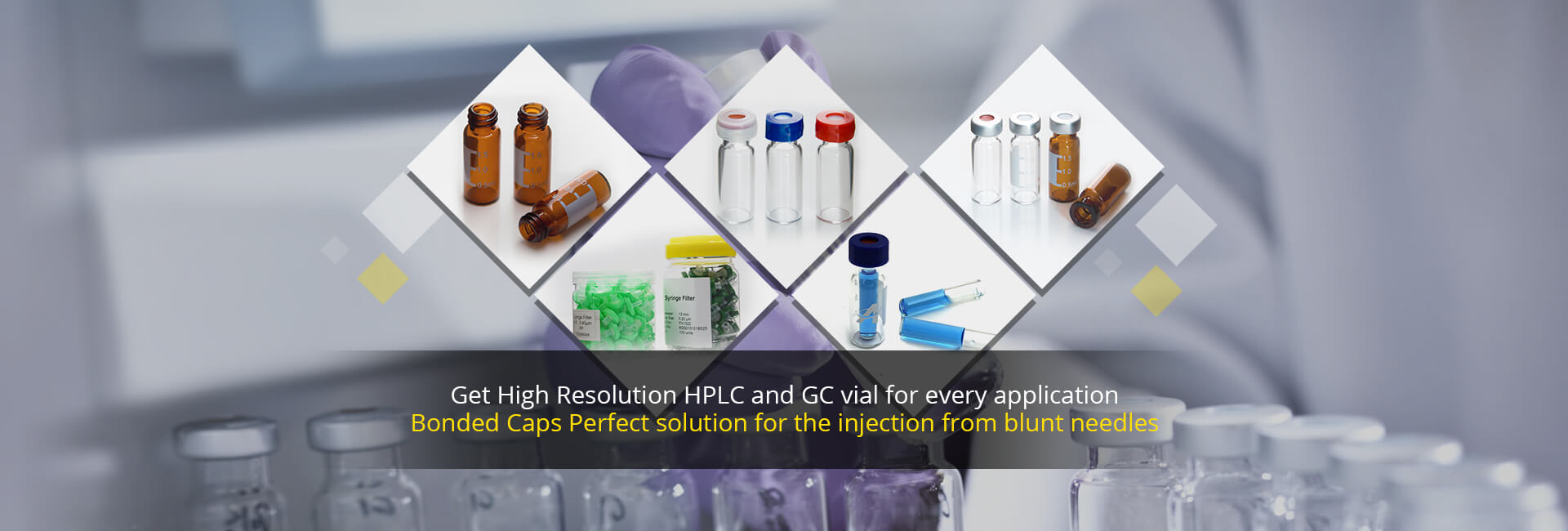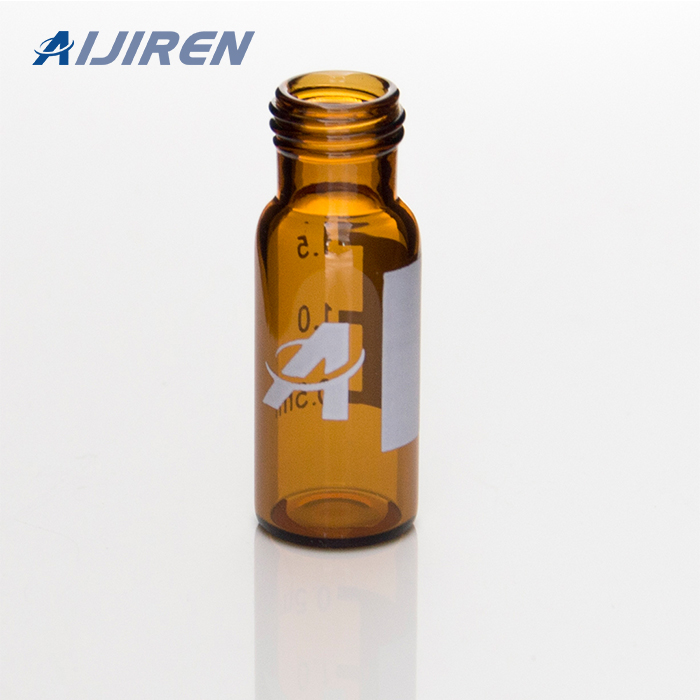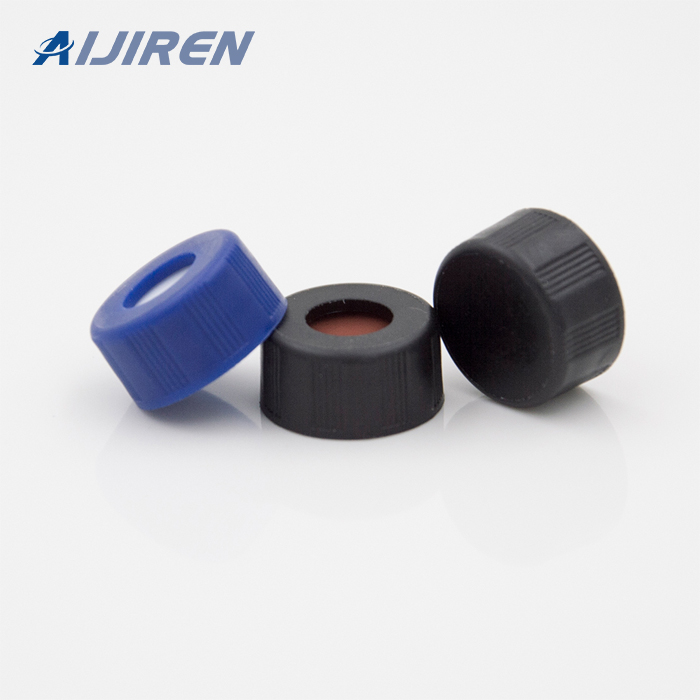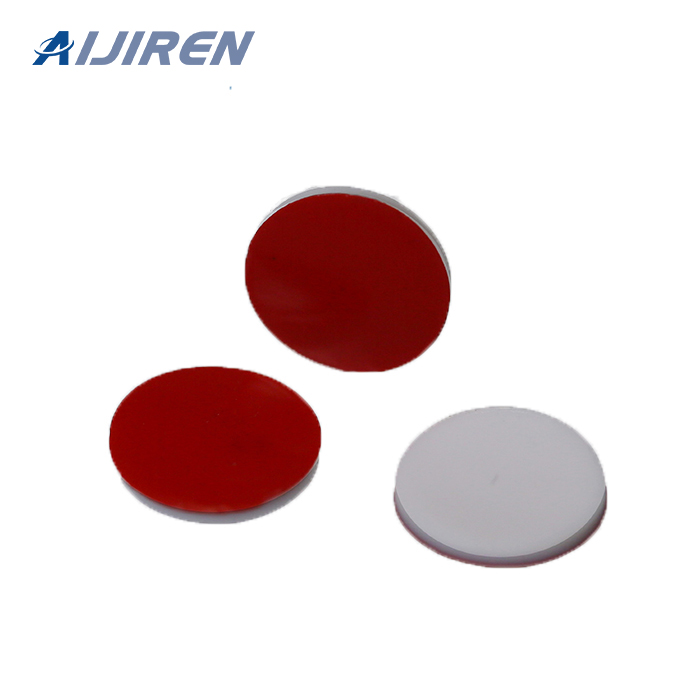




Chromacol 2mL, 12x32mm standard opening screw thread vials and inserts • 8-425 thread finish vials are best suited for most instruments where the vial remains in the sample tray during injection
Headspace vials are available in clear or amber glass with a round or flat base, a crimp seal with a beveled or square edge finish, or with a screw-thread finish. Headspace vials, septum, and caps can be purchased in various quantities separately or together as convenience kits to fit your laboratory needs.
The addition of boric oxide with silica is what differentiates borosilicate glass. The following chart details the chemical composition of QVF borosilicate glass 3.3: The purpose of adding boric oxide is to create a less dense product with a higher melting point. The high temperature allowance and superior durability makes borosilicate glass
Full listing of amber vials manufacturer & suppliers online. We have a broad range of amber vials and services which can be sourced by this comprehensive vertical web portal dedicated to helping global buyers searching and purchasing from Taiwan and China amber vials manufacturers.
Thin layer chromatography is done exactly as it says - using a thin, uniform layer of silica gel or alumina coated onto a piece of glass, metal or rigid plastic. The silica gel (or the alumina) is the stationary phase.
Industrial & lab equipment Medical equipment Office Old Pet care Sports & recreation Vehicles & accessories Top types Audio & home theatre
ddH2O DEPC-treated ddH2O (see DD section) 0.1M DTT (supplied with SuperScript) 5x first strand buffer [250 mM Tris-HCl (pH 8.3), 375 mM KCl, 15 mM MgCl2] (supplied with SuperScript) dNTPs (10 mM and 25 mM each) (HT Biotechnology; SB23) 5x second strand buffer [100 mM Tris-HCl (pH 6.9), 450 mM KCl, 23 mM MgCl2, 0.75 mM (-NAD+, 50 mM (NH4)2SO4
The unknown gasoline sample (Unknown Sample D: Ethanol in hexane) was taken and 5.0 of it was transferred to a vial. 5.0 ml of water was added and mixed thoroughly in the vial. It was allowed to stand for 5 minutes. The water layer was taken using a Pasteur pipette and injected into GC.
Period 2—Frozen crude Mb solutions are thawed, and 5.0 ml is filtered through a 0.45- m syringe filter; 2.0 ml is to be used in the chromatography separations, with the remainder frozen for use in Period 3. One group member further equilibrates a pre-poured, pre-equilibrated carboxymethylcellulose (CMC) column (10.0 ml
A small concentrated spot of solution that contains the sample of the solute is applied to a strip of chromatography paper about two centimeters away from the base of the paper. The paper is then dipped into a suitable solvent, such as ethanol or water, taking care that the spot is above the surface of the solvent, and placed in a sealed
Industrial & lab equipment Medical equipment Office Old Pet care Sports & recreation Vehicles & accessories Top types Audio & home theatre
The Amber Sample Vials Are Made Of Grade 1 A-Type 5.0 Neutral Borosilicate Glass With A Writable Label Attached To The Bottle For Sample Identification.. Features 9mm Blue Screw Top 9-425 Type Threaded Autosampler Vials, 2ml Capacity, 11.6x32 mm Dimensions, Pack of 100.
The data obtained after sample collection were compared by means of a 1-way analysis of variance using the StatGraphics Plus statistical software package, version 5.0. Statistically significant differences were found (p .05) when pH , buffering capacity and levels of S. mutans were compared between the 3 groups.
In thin layer chromatography the solid phase (silica gel or alumina) is applied as a thin coating on a plastic sheet or glass slide, called a TLC plate (fig. 20.4, p. 783). Using a capillary tube, a solution of the sample is applied on the solid support as a spot, a technique known as spotting. When the sample dries it becomes adsorbed onto
Oct 19, 2013 · Thin layer chromotography is a special of adsorption in which thin layer of adsorbent supported on a flat surfaces is utilized instead of a column of adsorbent , in a simple words thin layer chromatography techniques is used to separate mixtures.Thin layer chromotography techniques was performed on a sheet of glass or aluminium foil which is coated with thin layer adsorbent material usually